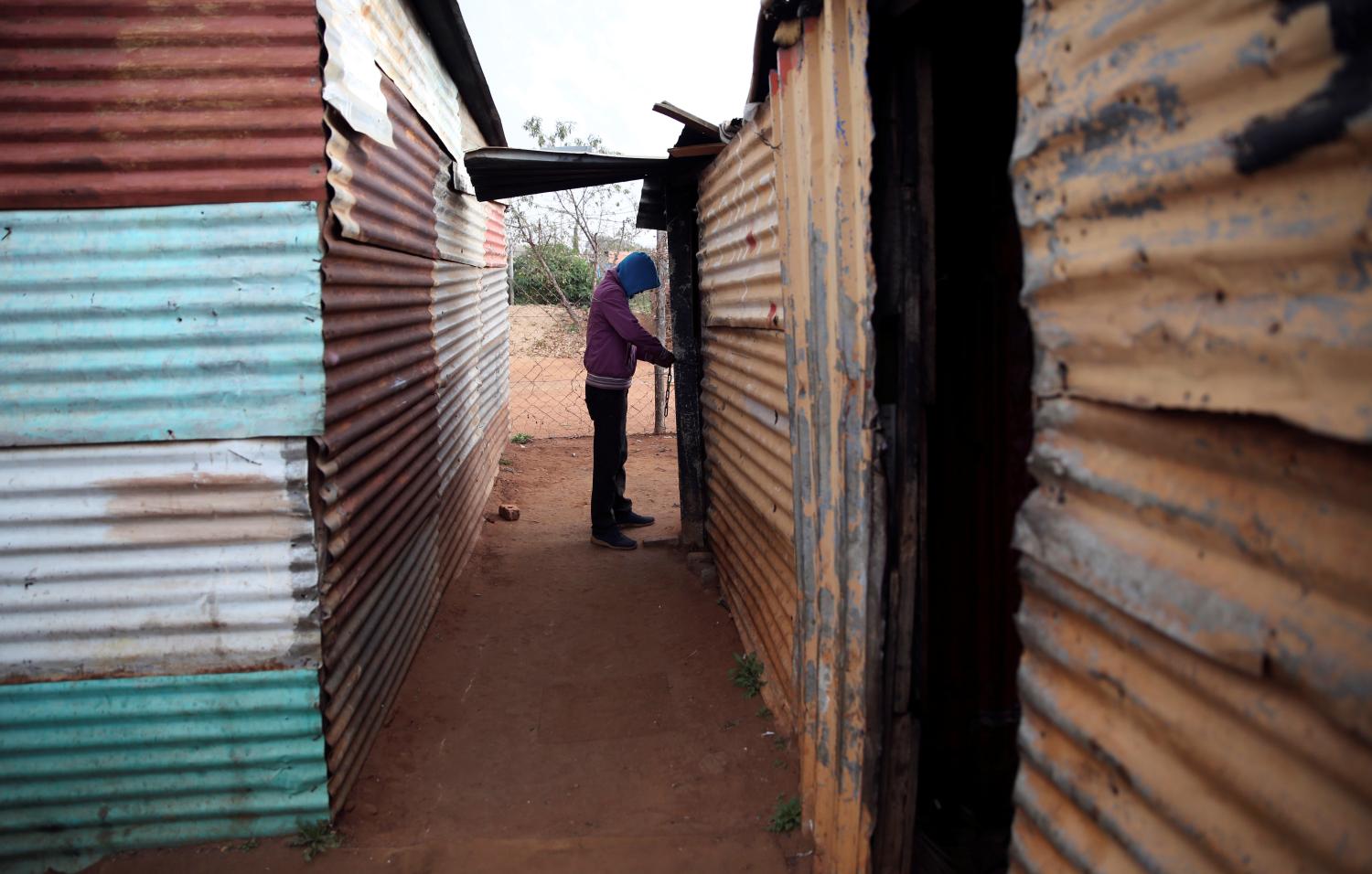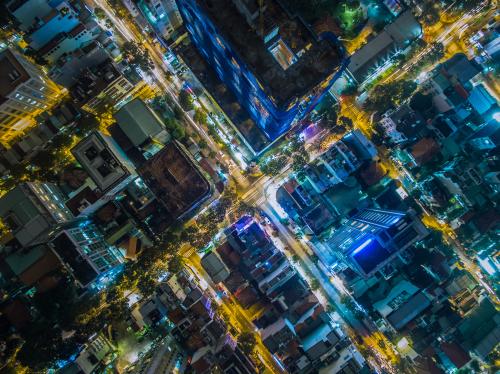This chapter comes from “Beyond Neoliberalism: Insights from emerging markets,” a report exploring the ongoing debate over the future of capitalism and policy choices across a range of domains.
The last 25 years saw large increases in living standards and declines in extreme poverty globally. As of 2015, 736 million people, or 10 percent of the global population, lived on less than $1.90 per day.1 In 1990, the corresponding figure was 36 percent.2 Progress was slower at the higher poverty lines of $3.20 per day (relevant for lower middle-income countries) and $5.50 per day (relevant for upper middle-income). About one quarter of the world is poor under the former, and almost one-half under the latter.
This reduction in global poverty resulted from strong inclusive growth in developing countries as they integrated into the global economy. Incomes of the poorest 40 percent grew in 60 out of 83 countries measured.3 In 49 out of 83 countries, the poorest 40 percent grew faster than the top 60 percent. Open trade and globalization were fundamental enablers of this strong growth, especially for East Asia and India.4
The last 25 years also saw a decline in total global inequality (that is inequality across all individuals in the world). While global inequality remains high, this period witnessed the first ever decline in total inequality since the industrial revolution.5
The reduction in total global inequality was driven by the reduction of between-country inequality. In contrast, progress on within-country inequality has been mixed. Encouragingly, in 45 out of 78 countries with data, within-country inequality declined between 2000 and 2010, with notable achievements across Latin America.6 However, 30 countries experienced an increase in within-country inequality, importantly some advanced economies, where the poor and middle class have seen stagnant income growth for the past two decades.7 Despite the overall positive global trend, the increase in within-country inequality in advanced economies has dominated the global discourse over the last few years.
-
Footnotes
- World Bank (2018a). Poverty and Shared Prosperity 2018: Piecing Together the Poverty Puzzle. World Bank, Washington, DC.
- Ibid.
- World Bank (2016). Poverty and Shared Prosperity 2016: Taking on Inequality. Washington, DC: World Bank.
-
Bosworth, B. and S.M. Collins. (2008). Accounting for Growth: Comparing China and India. Journal of Economic Perspectives 22(1): 45-66.
Dimaranan, B., Ianchovichina, E. and W. Martin. (2009). How Will Growth in China and India Affect the World Economy? Review of World Economics, 145: 551-571. -
World Bank (2016) Poverty and Shared Prosperity 2016: Taking on Inequality. Washington, DC: World Bank.
Roser, M. (2016). Global Economic Inequality. Our World in Data.
Hellebrandt, T. and P. Mauro. (2015). The Future of Worldwide Income Distribution. Peterson Institute for International Economics Working Paper No. 15-7. -
World Bank (2016) Poverty and Shared Prosperity 2016: Taking on Inequality. Washington, DC: World Bank.
Lopez-Calva, E. and N. Lustig. (2010). Declining Inequality in Latin America: A Decade of Progress. Washington, DC: Brookings Institution Press. - World Bank (2016) Poverty and Shared Prosperity 2016: Taking on Inequality. Washington, DC: World Bank.
Dimaranan, B., Ianchovichina, E. and W. Martin. (2009). How Will Growth in China and India Affect the World Economy? Review of World Economics, 145: 551-571.
Roser, M. (2016). Global Economic Inequality. Our World in Data.
Hellebrandt, T. and P. Mauro. (2015). The Future of Worldwide Income Distribution. Peterson Institute for International Economics Working Paper No. 15-7.
Lopez-Calva, E. and N. Lustig. (2010). Declining Inequality in Latin America: A Decade of Progress. Washington, DC: Brookings Institution Press.







